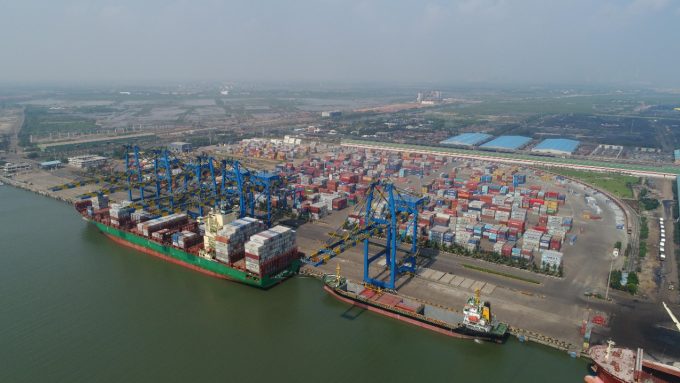Threat of rising oil price adds to frustration for crisis-hit supply chain chiefs
New warnings from the World Bank of surging oil prices, adding to the continuing instability ...

Other than elongated transit times, Asia-Europe container supply chains may be so far largely unscathed by the Red Sea crisis and vessel diversions around the Cape of Good Hope – but for European exporters to the Middle East and Indian subcontinent, it has been a disaster.
Massively increased transit time and sky-rocketing freight rates on both headhaul and backhaul trades have led more and more Indian businesses to turn to Far East suppliers to source materials, according to new analysis by maritime consultancy MSI.
“Following a solid 2023, where it expanded by 11%, the Far East-Middle East/India trade recorded a massive 34.5% year-on-year expansion in January,” it notes in the March edition of its Horizon Monthly Containerships report.
“India has been the primary driver of this growth, since it is by far the region’s largest importer. The booming Indian economy has led to increased demand for containerised imports,” it said.
In terms of volumes, in Q1 22, the Far East-Middle East/India trade was around twice the size of the Europe-Middle East/India trade, at 1.89m teu and 905,000 teu, respectively.
Two years later, it is now around three times the size . MSI’s first-quarter 2024 volume estimates is for Far East-Middle East/India trade to see 2.24m teu, representing year-on-year growth of 16.4%, while the Europe-Middle East/India trade is expected to show an 11.8% year-on-year contraction, to 785,000 teu.
During S&P Global’s recent TPM24 conference in Long Beach, Vespucci Maritime’s Lars Jensen reiterated his view that the Indian Ocean Rim would become a major growth market for carriers and freight service providers.
He told delegates: “Partly this is the result of the slow migration of manufacturing from China; India is where China was 25 years ago, especially in terms of cheap labour. Now it needs the infrastructure to serve that.”
And the new data from MSI would appear to support this, with the primary commodities India now imports from China comprising manufacturing material, rather than the consumer goods that dominate the Asia-Europe and transpacific trades.
“Estimated Indian imports of “container-relevant” products from China have skyrocketed since 2020. In 2023, imports grew by an estimated 21.6% year on year,” said MSI. “This was driven predominantly by imports of plastics, machinery, glass products, metal, and semi-finished textiles.
“Consumer confidence has also bounded back strongly from the pandemic lows, and is rising every quarter. We expect India to continue to record strong import growth from the Far East, merging as a bright spot for container carriers,” MSI concluded.
Comment on this article